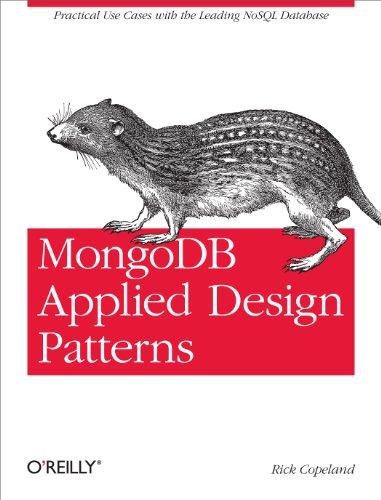Answered step by step
Verified Expert Solution
Question
1 Approved Answer
Description We have a system, such as a bank, where customers arrive and wait in line until a teller is available. We are interested in
Description
We have a system, such as a bank, where customers arrive and wait in line until a teller is available. We are
interested in how long on average a customer has to wait. Using this information, the bank officers can
determine how many tellers are needed to ensure reasonably smooth service. A simulation consists of
processing events. Initialize the number of tellers before the start of the simulation, this should be a user
input.
Implementation
The simulation should be driven by a ticking timer example in the lab directory on Canvas A tick is a
quantum unit set by the simulation, say milliseconds.
The events are generated by the passage of time ticks Event parameters should be generated according
to a random variable.
At any point, the next event that can occur is either the next customer arrives, with a given priority and a
given transaction time, or one of the customers at a teller leaves. Note, several events may occur during
the same tick. Namely, a customer arrives and one or more of the customers at a teller leave.
If the event is an arrival, a customer is created with an initial priority and a need to spend a certain
number of ticks at the teller to complete hisher transaction processTime
o Both the initial priority and the length of transaction time are assigned randomly at the time of
customer generation.
o The priority should be generated in the range of
o The transaction time should be generated in the range of
o Add that customer to a heap priority queue based on the customers assinged priority.
After each new arrival, increment the priorities of the already existent customers by a constant value, say
one.
If the event is a departure, processing includes gathering statistics for the departing customer
specifically waiting time
Print out each tick and any events that occur during that tick. If a customer leaves, print the current
average waiting time for customers.
You should use a MaxHeap as the underlying data structure for the customer queue. Heap.java is provided
for you on Canvas. Define a class Customer which has the fields processTime and priority. In order to
compare Customer objects, you need to override the compareTo method in the Customer class. Build a class
Simulation, which coordinates each arrival and each departure. The timer should be used to automatically
advance your simulation. A sample Timer example can be found on Canvas in the lab director
Step by Step Solution
There are 3 Steps involved in it
Step: 1

Get Instant Access to Expert-Tailored Solutions
See step-by-step solutions with expert insights and AI powered tools for academic success
Step: 2

Step: 3

Ace Your Homework with AI
Get the answers you need in no time with our AI-driven, step-by-step assistance
Get Started


